Artesanos
Conoce a los Creadores
Situada en lo más profundo del desierto de La Guajira, entre la frontera colombiana y venezolana, se levanta la tradicional y ancestral comunidad indígena Wayuú. Su llegada al territorio se remonta al año 150 d.C., para escapar de los ambientes hostiles bajo el yugo español de la selva amazónica y las Antillas. La comunidad encuentra un nuevo hogar seguro. La tribu ocupa un área total de 4.170 millas cuadradas (10.800 kilómetros cuadrados) dentro del desierto cubriendo una amplia zona tanto en territorio colombiano como venezolano. El pueblo Wayuú está conformado por aproximadamente 295.000 residentes en la región venezolana y 144.000 en la región colombiana. Con el propósito final de mantener su herencia y rituales tradicionales, lejos del contexto nacional y de las intervenciones gubernamentales, el pueblo Wayuú ha encontrado refugio en pequeñas comunidades aisladas, de las cuales hay alrededor de 10 en La Guajira. Las familias viven en chozas llamadas rancherías, hechas con techos de cactus o de hojas de palma, paredes de yotojoro (barro, heno o caña frita) con un mobiliario básico que incluye chinchorros (hamacas) y una estufa de leña para cocinar. La comunidad Wayuú es una comunidad matriarcal, en la que la mujer es la dueña de la casa y dirige la familia, mientras que el hombre trabaja con los animales y la tierra. Cada comunidad tiene un líder que toma las decisiones; por lo general, los líderes son personas bien conectadas que son descendientes directos de los líderes anteriores. A menudo estos individuos conocen tanto el español como la lengua de los Wayuú, wayuunaiki (parte de la lengua maipuran o arawakan). Su cultura combina leyendas, mitos, historias, tradiciones y costumbres.
Si quieres conocer sobre la cultura Wayuu, da click aquí.
LOS CABRITOS
 Amalfi Romero
Amalfi Romero Community leader
 Angelica Bouriyu
Angelica Bouriyu Aracelia Jarariyu
Aracelia Jarariyu Carmen Pushaina
Carmen Pushaina Dairis Sijona
Dairis Sijona Dairis Uriana
Dairis Uriana Daniris Perez
Daniris Perez Glenda Pushaina
Glenda Pushaina Karerine Pushaina
Karerine Pushaina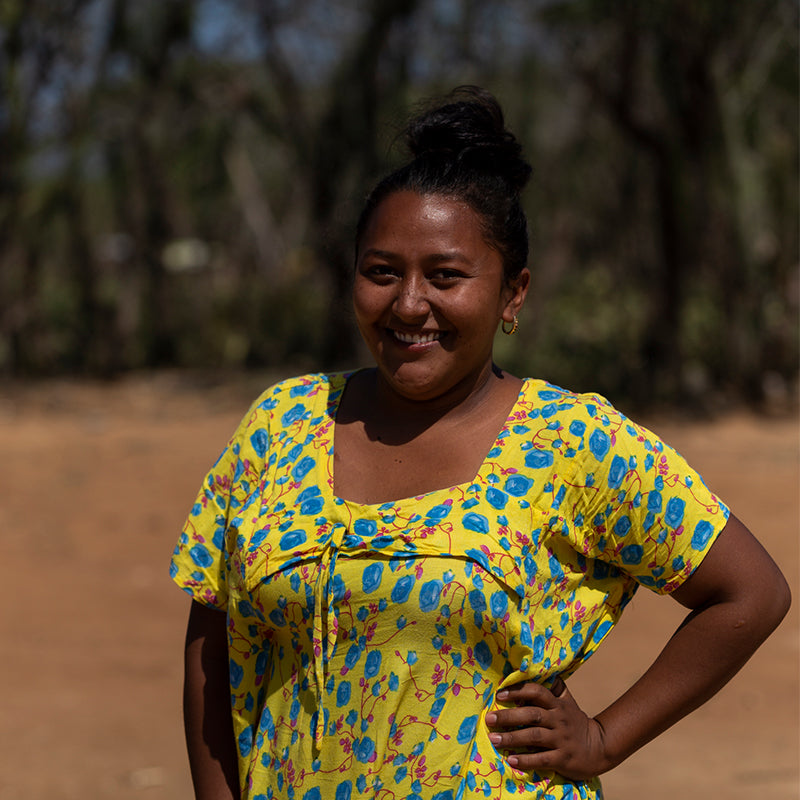 Katherine Uriana
Katherine Uriana Kelia Rosado
Kelia Rosado Kendry Romero
Kendry Romero Martha Epiayu
Martha Epiayu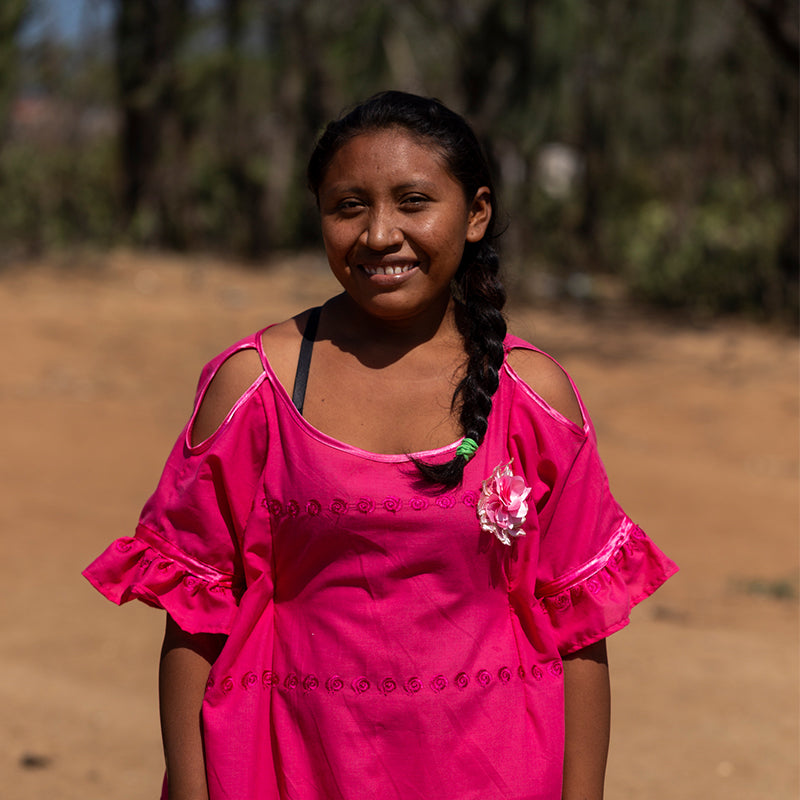 Maryoris Uriana
Maryoris Uriana Melinda Perez
Melinda Perez Monica Epiayu
Monica Epiayu Nancy Romero
Nancy Romero Nurys Maria Epiayu
Nurys Maria Epiayu Patricia Epiayu
Patricia Epiayu Remedio Romero
Remedio Romero Remedios Romero
Remedios Romero Tatiana Perez
Tatiana Perez Valeria Pushaina
Valeria Pushaina Yelitza Pushaina
Yelitza Pushaina Yerina Pushaina
Yerina Pushaina Yojana Epiayu
Yojana Epiayu Yolanda Gonzalez
Yolanda Gonzalez Alibardo Romero
Alibardo Romero Franco Rafael
Franco Rafael José Agustín Epiayu
José Agustín Epiayu Luis Eduardo Epiayu
Luis Eduardo Epiayu Nando Rafel Epiayu
Nando Rafel Epiayu Rodrigo Epiayu
Rodrigo EpiayuUYARAIPA
 Juana Bouriyu
Juana Bouriyu Luz Marina
Luz Marina Mamira Deluke
Mamira Deluke Maria Mercedes Bouriyu
Maria Mercedes Bouriyu Miladis
Miladis Milena Bouriyu
Milena Bouriyu Nelly
Nelly Nilka
Nilka Nuris
Nuris Omaira Uyaraia
Omaira Uyaraia Rosalindra Bouyuri
Rosalindra Bouyuri Tenady Epiayu
Tenady EpiayuURRACHIKAT
 Yamileth Gouriyu
Yamileth Gouriyu Community leader
 Abelis Epinayu
Abelis Epinayu Chayo Sapuana
Chayo Sapuana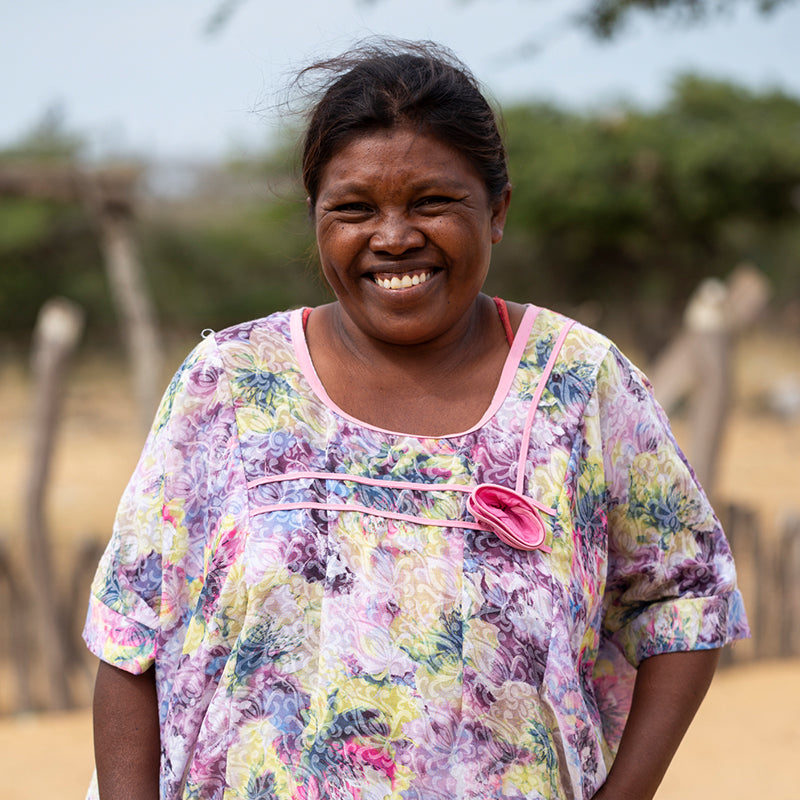 Edilma Rosado
Edilma Rosado Eliadis Gouriyu
Eliadis Gouriyu Ermelinda Bouriyu
Ermelinda Bouriyu Joaquina Gonzales
Joaquina Gonzales Malvina Gouriyu
Malvina Gouriyu Maria Elena Deluque
Maria Elena Deluque Maria Elena Epieyu
Maria Elena Epieyu Masilia Epinayu
Masilia Epinayu Milenis Gouriyu
Milenis Gouriyu Silvia Riviera
Silvia Riviera Yanilsa Gouriyu
Yanilsa Gouriyu Yuledis Cotes
Yuledis CotesATURAIMPA
 Adelina Jusayu
Adelina Jusayu Aide Sapuana
Aide Sapuana Alida Gonzalez
Alida Gonzalez Ana Alicia Gonzalez
Ana Alicia Gonzalez Ana Angelica Gonzalez
Ana Angelica Gonzalez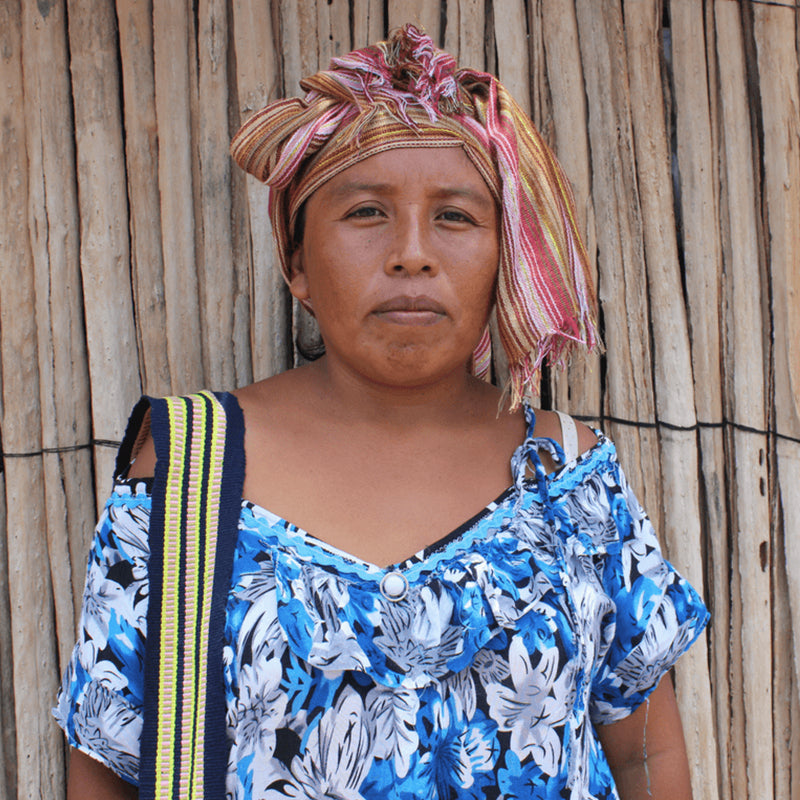 Ana Edily Arpushana
Ana Edily Arpushana Daniela Epieyu
Daniela Epieyu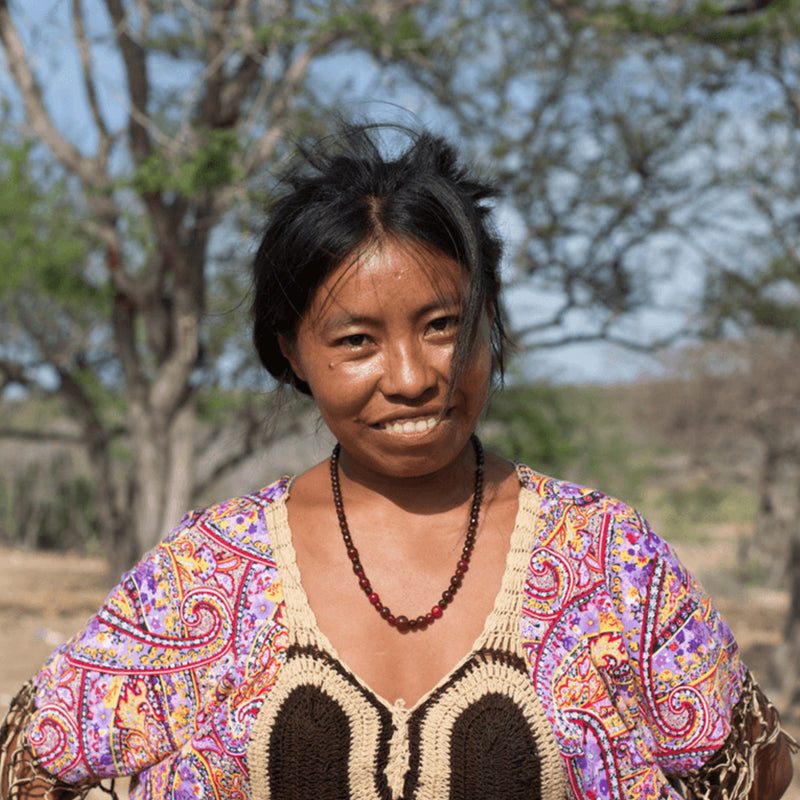 Ligia Margarita Gonzalez
Ligia Margarita Gonzalez Lucila Gonzalez
Lucila Gonzalez Maria Teresa Sapuana
Maria Teresa Sapuana Oleida Spauana
Oleida Spauana Victoria Epiayu
Victoria EpiayuCIRUELAKAT
 Adela Peralta
Adela Peralta Angela Jusayu
Angela Jusayu Cecilia Sapuana
Cecilia Sapuana Maria Alejandra Uriana
Maria Alejandra Uriana Maria Claudia Uriana
Maria Claudia Uriana Maria Jose Uriana
Maria Jose Uriana Remedios Bouriyu
Remedios Bouriyu Rosalba Deluke
Rosalba Deluke Maria Angelica Bouriyu
Maria Angelica Bouriyu Hernan Pachon
Hernan Pachon Nicolas Epinayu
Nicolas Epinayu Santos Perez
Santos PerezSABANA LARGA
 Ana Ipuana
Ana Ipuana Angela Epieyu
Angela Epieyu Candida Gouriyu
Candida Gouriyu Elena Perez
Elena Perez Evelisa Bouriyu
Evelisa Bouriyu Daniel Uriana
Daniel Uriana Eduardo Uriana
Eduardo Uriana Jairo Ipuana
Jairo Ipuana Mario Perez
Mario Perez Rober Epiyanu
Rober EpiyanuPEPTUNAI
 Candelaria Pachon
Candelaria Pachon Consuelo Deluke
Consuelo Deluke Laydi Pachon
Laydi Pachon Loraine
Loraine Maria Epinayu
Maria Epinayu Teresa Pachon
Teresa Pachon Carlos Manuel Pachon
Carlos Manuel Pachon Mario Uriana
Mario UrianaGARCIAMANA
 Elena Epinayu
Elena Epinayu Elena Maria Epinayu
Elena Maria Epinayu Guillermina Epiayu
Guillermina Epiayu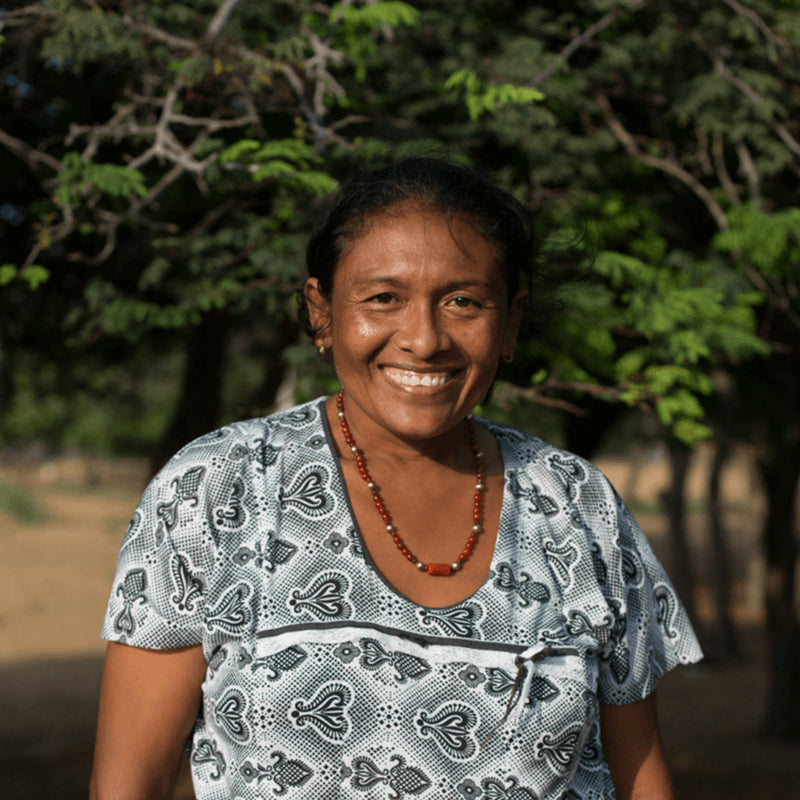 Rosalba Epinayu
Rosalba EpinayuCHISPANA
 Maria Alejandra Fernandez
Maria Alejandra Fernandez Nelly Epinayu
Nelly Epinayu Nestor Fernandez
Nestor FernandezYOTOJOROI
 Yomaira Ipuana
Yomaira Ipuana Enrique Uriana
Enrique UrianaVILLA LUZ
 Lisseth Epinayu
Lisseth Epinayu Ivan Menguai
Ivan MenguaiWOLUVOTIAO
 Maria Rosa Epinayu
Maria Rosa Epinayu Lucho Ipuana
Lucho IpuanaWOLUWOUPIAU
 Claudia Ipuana
Claudia IpuanaKARRAICIRA
 Ana Maria Henrique
Ana Maria HenriqueCASTILLA
 Lorena Uriana
Lorena Uriana